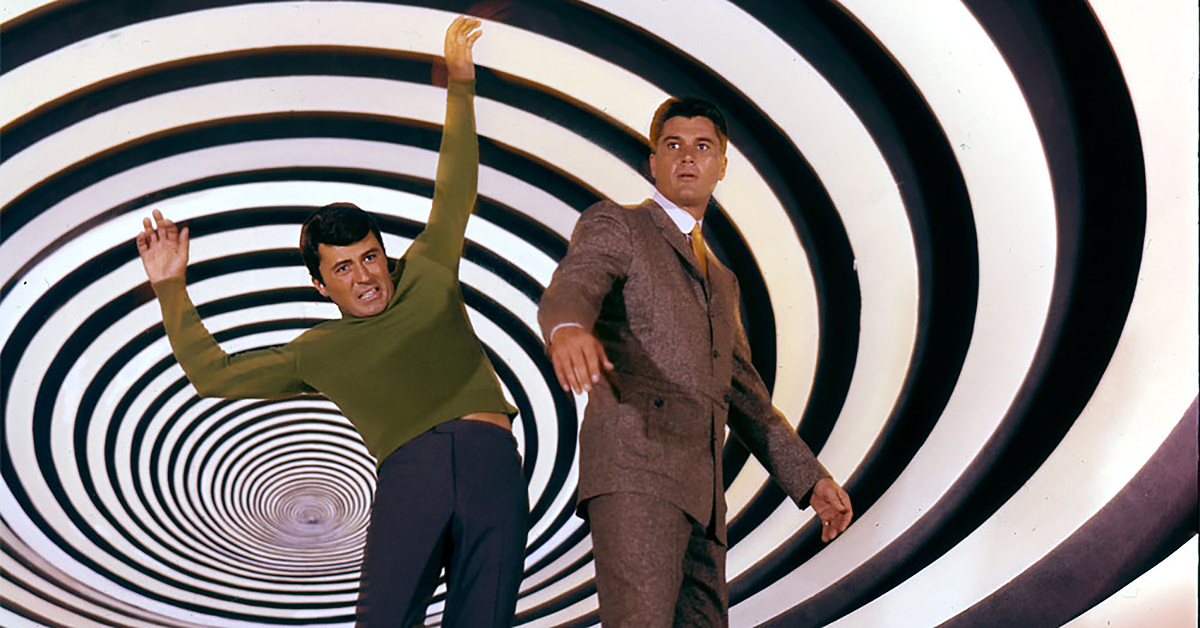The games we play can end in a minute or go on forever. What happens when we lose track of which game is which?

An unempirical but practical measure of the value of a business degree is the amount of information its grads manage to apply (or at least still remember) years into the future. The flaw in such a metric is that, like any social science, what was true in the past is often replaced by something even “more true” down the road. To anyone at USC’s Marshall School in the 1980s, the sum total of this alum’s retained acumen comes down to three rules whose exceptions have not only proven them over time but shattered them as well.
- On average, company CEOs tend to be an inch taller than the rest of the organization. Except that, we all know and might even look up to women and men of mean or smaller height than ourselves.
- The only thing worse than launching a product (or business) too late is launching it too soon. The fly in this ointment is that in the same way your missing sock is always in the last place you look for it, the only time you’ll know if your idea is too late or too early occurs ex post facto. Did it take or not?
- There is no such thing as a long-term, sustainable, competitive advantage. Really? What about Microsoft founded in April 1975? Or Apple, founded a year later in April 1976? Or Archie, Clair, and Elton Kohr, who, in the fall of 1919 took apart and reassembled (with a twist) a recently patented machine that combined an electric motor, rock salt, ice, and sweet cream to dispense 18,000 servings of “Frozen Dessert” its first year and is still sold today at a boardwalk near you as Kohrs Frozen Custard, The Original, Inc.
For sentimental reasons—the company recently hired my daughter Sarah Jane Wright as an art director—my current favorite long-term sustainable advantage is held by the number one toy company in the world. Opening for business in August 1932 under the name ‘Play Well,’ in Billund, Denmark (and throughout the world), it is pronounced ‘Lego.’ With several biographies, case studies, and master’s theses already on the books, I’ll add here only that one of the mainstays of Lego’s longevity can be traced to what religious scholar James P. Carse called in his 1986 book Finite and Infinite Games, an ‘infinite game,’ a concept recently reprised by popular thought leader Simon Sinek.
Carse hypothesized that all human activity can be divided into two camps. Finite games are those won or lost in the moment. In the Superbowl, the clock runs out. In the Grand Prix at Monaco, the lead car crosses the finish line. In He Who Dies with the Most Toys Wins, the game ends when, well, you know what I mean.
Infinite games, on the other hand, are those whose object is for time never to run out.
“Let’s see how long we can keep the shuttlecock in the air!”
“Wouldn’t it be great if our love affair could last forever?”
“What if our company never grew old?”
Lego founders learned early on that one secret to playing the infinite game was to just play. My daughter tells me that working there is indistinguishable from playing there. The company has created an atmosphere of play so compelling that the same dynamic that attracts children to choose play over work will keep adults creatively playing at Lego for decades.
Soon after the Cambridge Mass. think tank Index (later CSC-Index) was founded in 1988, the research and advisory arm of the firm did a bulk buy of Carse’s classic and distributed it to attendees of one of its multi-day workshops. When I joined the R&A side of the firm in 1993, I dusted off half a dozen surplus copies of the book stored in a supply closet and asked if I could have one. What I found inside its pages was not just the attributes of both kinds of games—the finite and the infinite—but the trouble that begins when institutions and even individuals play one game when they ought to be playing another. Or play both at the same time but lose track of which game is which?
For example, from the employee’s perspective, a career hire is often seen as a finite game. A position is posted and a timeline created. Resumes are collected, scanned, and sifted. Candidates are interviewed, a finalist is selected, and an offered extended. Most of the steps taken between application and acceptance are governed by a deadline. When all is said and done—when the clock runs out, so to speak—both parties, the hirer and the hiree, believe they have won the game they thought they were playing.
But in some companies, those tending to persist over time—in business school, we used a phrase that said it all but that no one says anymore: ‘going concerns’—hiring is considered an infinite game and is designed to last, especially for staff the company wants to keep ‘forever.’
Before joining Index, I worked up a ridiculous business case for a hotel company interested in the feasibility and economics of employing robots to clean guest rooms. I say ‘ridiculous’ because the premise of the study was not that a $50,000-dollar machine might be able to clean a morning’s worth of rooms faster and cheaper than the equivalent of a team of low-wage housekeepers who tended to quit as often as they were hired. In fact, early time trials found that with thousands of years of practice, human housekeepers, invulnerable to loose linen scattered willy-nilly across a room, easily outperformed machines who betrayed an early weakness for getting wrapped up in their work. Something else was going on; something about the slamming together of what Carse would have called both finite and infinite workforce management.
In a diseconomy between the short-term transactional hiring of the housekeeping staff and the long-term retention strategy of finding, hiring, and training housekeeping managers, the business case suggested the investment to buy cleaning robots would break even in a matter of months due to the high cost not of housekeeper burnout, but management turnover. Whenever housekeepers, hired as part of a finite game, called in sick, or found better work closer to home, the housekeeping manager, hired to play an infinite game, had to step in to make up for the shortfall, not what they played the finite hiring game to end up doing. Nor was that the kind of work the hotel company thought they were investing in when hiring for the infinite game they were playing. In the mixed-game juxtaposition of humans and automation, robots didn’t have to be cheaper than housekeepers. At $50,000 each, they only needed to be cheaper than the differential between the two games being played.
I mention this case not to suggest that one type of game is more valuable or appropriate than another. Even though cricket seems to have been designed to last forever, some games must eventually come to an end. And while a company may aspire to be a going concern forever—let’s bring back that phrase, shall we?—semi-monthly payroll and quarterly earnings reports synchronize to unavoidable deadlines. Like the hotel company that found itself unknowingly juggling both types of games in the same department, the trick is to determine, in whatever situation we find ourselves–whether at work or at play (or both)—the game we are playing and which one ought we to be.
What game are you playing?
This post is from a series of “Declare It Then Wear It” articles originally written as part of a LinkedIn Newsletter called Say the Change. You can access the entire series here.


